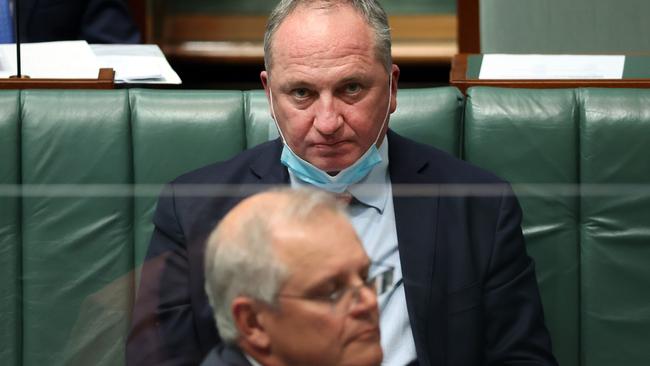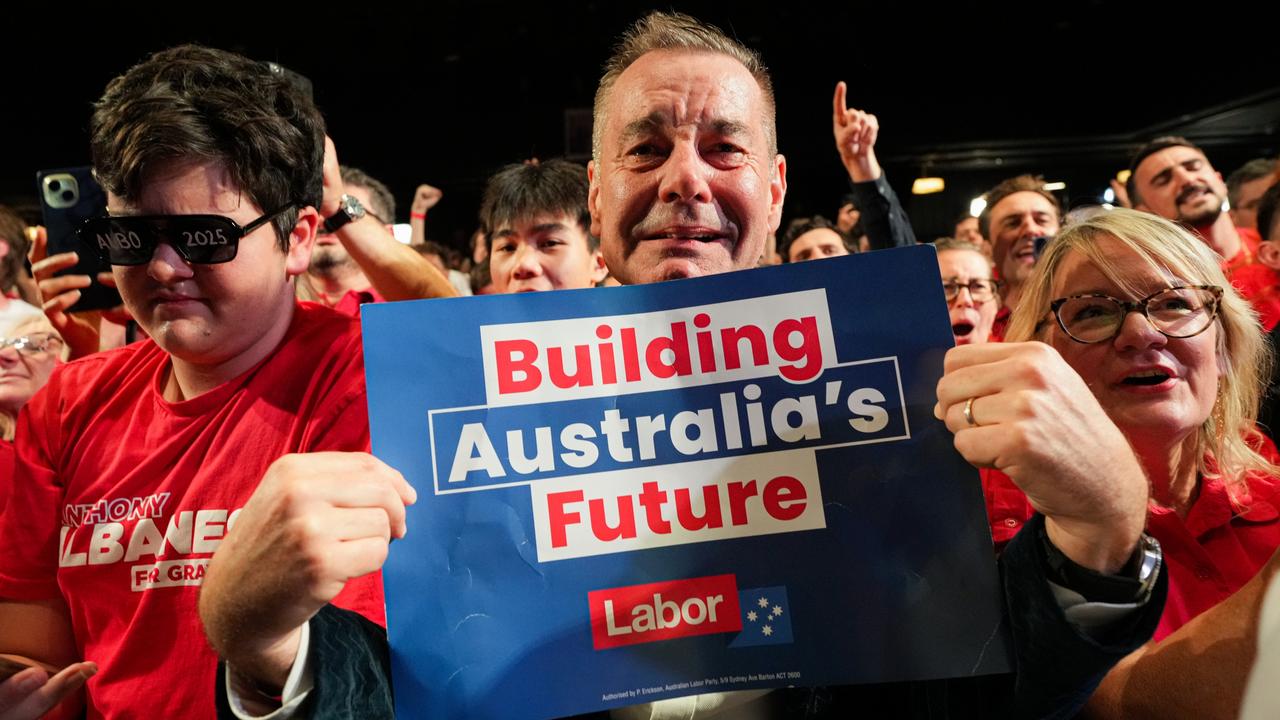Emissions schism exposes Nationals’ innate vulnerability
As it turns out, Scott Morrison will be one of the best known leaders to go to Glasgow.

Just over a week ago, there was considerable talk about whether Scott Morrison would represent Australia at the forthcoming UN Climate Change Conference of the Parties (COP26) in Glasgow. The Prime Minister’s critics in the media, of which there are many, held the view that it was essential that Australia be led by its head of government at the conference.
The Prime Minister announced that he would be attending COP26 on October 15, just hours after NSW Premier Dominic Perrottet said that hotel quarantine for Australians returning from overseas would cease as of November 1.
It turns out that Morrison will be one of the best known leaders to go to Glasgow. Sure the host, Britain’s Prime Minister Boris Johnson, will be there as well as French President Emmanuel Macron along with United States President Joe Biden and probably Canada’s Prime Minister Justin Trudeau.
But, according to reports, the leaders of China (Xi Jinping), Russia (Vladimir Putin) and Brazil (Jair Bolsonaro) will not be there. Moreover, the leaders of India (Narendra Modi) and Japan (Fumio Kishida) have not yet confirmed their attendance, and nor has Angela Merkel who remains German chancellor until a replacement is decided upon following her retirement.
The world’s biggest carbon dioxide emitters (in order) are China and the US, followed by India and Russia. Of this quartet, only the US leader is certain to attend and his plans for substantially reducing his nation’s emissions are in doubt due to the opposition in the Senate of the Republicans plus Joe Manchin, the Democrat senator from West Virginia. If the Biden administration does not get its climate legislation through the US congress this year, it may never succeed – due to the pending midterm elections in November 2022.
Morrison is likely to have a high profile in Scotland, due primarily to the attention given to his role in the recently announced AUKUS security agreement between Australia, Britain and the United States.
In Glasgow, the Prime Minister is expected to announce Australia’s commitment to net-zero emissions by 2050. This will have been made possible due to an agreement between the Coalition parties – the Liberal Party (led by Morrison) and the Nationals (led by Barnaby Joyce).
During World War I, (1914-18), the commonwealth government moved to gain greater control over farming, especially marketing. This led to the formation of rural parties which attempted to influence government decisions. In 1920, these organisations came together to form the Australian Country Party, the predecessor to today’s Nationals.
The emergence of small rural parties was detrimental to the success of the governing Nationalist Party, led by Billy Hughes. Soon it introduced the Australian system of preferential voting so that rural voters could support a minor party and, if their preferred candidate was unsuccessful, pass on their vote to the Nationalist Party. Otherwise such rural votes would have been exhausted, to the benefit of the Labor Party.
For its part, the Country Party soon realised that a small party has little influence unless it is part of a larger entity, preferably in government. And so in 1922, the Country Party became part of a coalition government with the Nationalist Party. It was led by Earle Page. As leader of the Nationalist Party, Stanley Melbourne Bruce became prime minister of what began to be called the Coalition.
Since then, for the most part, the Nationals (nee Country Party) have been part of a coalition with the majority non-Labor party – initially the Nationalist Party, followed by the UAP, followed by the Liberal Party. The party’s best known leaders have been Page, Arthur Fadden, John McEwen, Doug Anthony, Tim Fischer, John Anderson and Joyce.
Throughout a century-long history, the Nationals have faced challenges from right-of-centre parties outside the main cities. This continues today with One Nation, the Shooters, Fishers and Farmers Party, Katter’s Australia Party and what used to be called Clive Palmer’s United Australia Party which has been allowed by the Australian Electoral Commission to delete the reference to the party’s founder.
The AEC’s decision does a disservice to Australian history. The contemporary UAP, led by former Liberal Party parliamentarian Craig Kelly, claims on its website to be part of the UAP once led by former UAP prime ministers Joseph Lyons and Robert Menzies along with Hughes (who briefly led the UAP in opposition).
What unites this trio, among other things, is that none lost an election when incumbent prime minister. Hughes and Lyons won three elections each, as Nationalist Party and UAP leaders respectively. Menzies won seven as Liberal Party leader. Kelly is no Hughes, Lyons or Menzies.
If the Nationals want to remain influential, the party needs to be part of the government or at least the alternative government. Minor parties and independents can block legislation if they win Senate seats but can rarely implement policy.
This is the reality of small rural parties. And it is likely to be the reality of the new entities which present as the Liberal Democrats, the New Liberals and so on – despite the fact that they have no connection to the Liberal Party of Australia which Menzies founded in 1944 after the demise of the UAP.
The four prime ministers who came to office after defeating Labor at the polls – Menzies, Malcolm Fraser, John Howard and Tony Abbott – well understood that the Liberal Party needs the Nationals. Just as most leaders of the Nationals have recognised that their party needs the Liberals.
The current divisions within the Nationals over net-zero emissions by 2050, and the related issue as to whether they should support the Prime Minister on this, are understandable. The key point is that only government can act and the almost 11,000 days to 2050 is a very long time in politics which no one can anticipate.
Gerard Henderson is executive director of the Sydney Institute. His Media Watch Dog blog can be found here.







The one-time British prime minister Harold Wilson is perhaps best remembered for having said, apparently in 1964, that a week is a long time in politics. Over half a century later, a day is a long time in politics.